Try navigationBar.translucent = NO;, It is YES by default in iOS7.
It is also good to take a look on this part of UINavigationBar documentation:
New behavior on iOS 7. Default is YES. You may force an opaque
background by setting the property to NO. If the navigation bar has a
custom background image, the default is inferred from the alpha values
of the image—YES if it has any pixel with alpha < 1.0 If you send
setTranslucent:YES to a bar with an opaque custom background image it
will apply a system opacity less than 1.0 to the image. If you send
setTranslucent:NO to a bar with a translucent custom background image
it will provide an opaque background for the image using the bar's
barTintColor if defined, or black for UIBarStyleBlack or white for
UIBarStyleDefault if barTintColor is nil.
Edit:
Setting 'navigationBar.translucent' value causes exception if you run project in devices/simulators having older iOS versions.
So you can add a version check like this:
float systemVersion = [[[UIDevice currentDevice] systemVersion] floatValue];
if (systemVersion >= 7.0)
{
navigationBar.translucent = NO;
}
Another option would be to set:
vc.edgesForExtendedLayout = UIRectEdgeNone;
Swift 3:
vc.edgesForExtendedLayout = []
